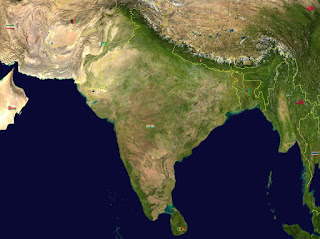The Highest Award Of India is Bharat Ratna

Bharat Ratna The bharat ratna (Hindi pronunciation: jewel of india)is the very exceptional civilian award of the republic of india. Instituted on january 1954, the award is conferred in popularity of remarkable provider/overall performance of absolutely the fine order, barring huge distinction of race, career, position, or intercourse. The award was once in the beginning restrained to achievements within the arts, literature, science, and public offerings, as an alternative the authorities expanded the necessities to encompass "any region of human endeavour" in december 2011. The recommendations for the bharat ratna are made via using the use of the top minister to the president, with a maximum of 3 nominees being awarded in keeping with 12 months. The recipients acquire a sanad (certificates) signed by way of the president and a peepal leaf-shaped medallion. There may be no monetary provide associated with the award. Bharat ratna recipients rank 7th inside the indian o...


Comments
Post a Comment